The global telecommunications industry has experienced many large-scale layoffs due to declining revenue and the emergence of new technologies such as artificial intelligence (AI). However, many carriers are looking to innovate their models, find new sources of revenue, and use AI to support employees. VietNamNet introduces a series of articles on layoffs and the direction of the telecommunications industry so that readers have a comprehensive view.
Lesson 1: Layoffs in the telecommunications sector: The numbers speak for themselves
The world's telecoms are sending a confusing message: On one hand, carriers are complaining about a labor shortage that could slow broadband deployment; on the other, they're cutting jobs en masse, citing economic pressures. So what's the current state of affairs?
Panic over the risk of economic recession?
Speaking to Fierce Telecom , Sean McDevitt, a partner at telecommunications consulting firm Arthur D. Little, pointed out that when carriers talk about labor shortages, they're referring to the actual crews needed to build fiber and cable infrastructure.
He noted that many teams were busy during the pandemic and many firms have since accelerated their construction plans. So with demand increasing, skilled labor has become scarcer and more expensive.
On the other hand, McDevitt said, there is no shortage of office workers. As telecom companies have long sought to cut costs, this workforce has become a prime target for cuts.
Recon Analytics analyst Roger Entner agreed, saying the layoffs were not focused on the deployment team but instead on positions in departments like accounting, finance and marketing.
As McDevitt notes, the telecom workforce had been shrinking long before Covid-19 hit. According to data analyzed by the Economic Policy Institute, the number of telecom workers as a percentage of the overall US workforce fell from 1.4% in 1983-1986 to 1% in 2003-2006 and 0.6% in 2016-2019.
In other words, the number of domestic telecommunications employees has dropped from nearly 1.4 million in 1983-1986 to just under 894,000 in 2016-2019.
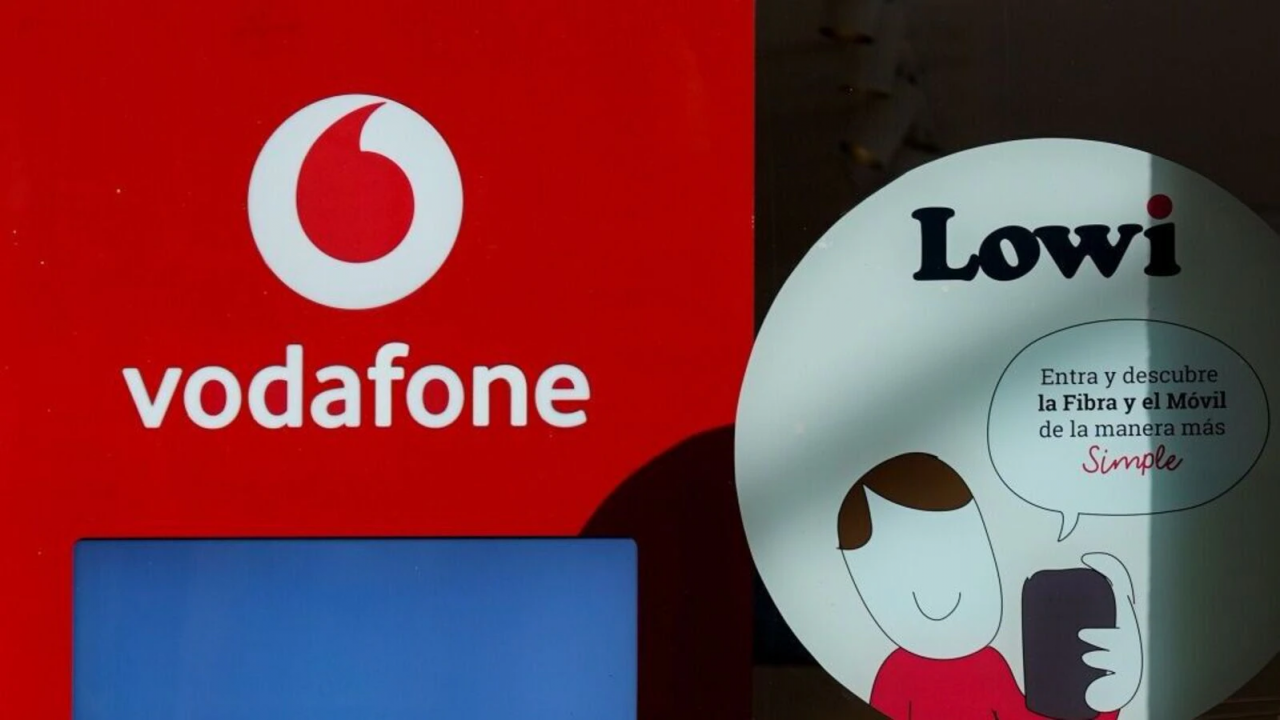
Looking at individual carriers, the financial report shows AT&T's workforce has dropped from 281,000 in January 2016 to 203,000 in January 2022.
Meanwhile, Comcast Cable fell from 88,000 employees in December 2015 to 79,000 six years later, while Verizon's fell from 177,700 to 118,400 over the same period.
Both Entner and McDevitt say the situation is exacerbated by the shift from traditional device-based network operating models to more efficient models based on software, cloud and automation.
This shift, of course, reduces the need for on-site operations. It also requires workers to possess a different skill set, Entner added.
McDevitt said workforce reductions have slowed as traffic and user demand have increased. But as the world returns to a new normal , carriers are looking ahead to a future filled with economic uncertainty and fierce competition.
With so many competitors vying for subscribers, maintaining market share will become increasingly difficult. Macroeconomic fluctuations and potential wars give carriers the perfect excuse to lay off employees.
Recently, many major telecommunications companies and suppliers in the US and the world such as Verizon, Comcast, Ericsson, BT, Vodafone… have announced mass layoffs. Some have frozen recruitment.
In some ways, the layoffs are carriers' panicked response to economic uncertainty, and they're actually contributing to the recession they fear, Entner said.
Telecoms is an industry that has been less affected by the recession, but it is under pressure to increase profits. One way to do that is to cut personnel costs, especially when personnel costs increase every year, experts say.
The impact of technology and artificial intelligence
BT CEO Philip Jansen claims AI will take the jobs of 10,000 of his company's employees by the end of the decade.
Many telecoms companies are experimenting with the latest artificial intelligence (AI) advances to reduce manual operations and further shrink their workforce.
Chatbots have taken the jobs of thousands of customer service agents. Highly automated networks can operate with minimal human intervention. Previously noisy network operations centers are becoming eerily quiet.
Just as the handloom weavers of the 18th century were replaced by the machine operators of the 19th century, these telecommunications jobs may eventually be replaced by new and unforeseen roles.
But the impact of technology, including the internet and machine learning, is becoming more and more felt. Online shopping has become the norm during the pandemic, and some stores that were temporarily closed have yet to reopen.
Chatbots are gradually replacing service staff in basic interactions with people.
On the IT and networking side, some operators may offload engineering work by moving resources into the public cloud, relying on AWS, Google Cloud, or Microsoft Azure to run and maintain workloads.
Many places are investing in software that can predict and fix problems before a technician is needed. An autonomous network could be easier to develop than a self-driving car.
Marc Rouanne, chief network officer at wireless carrier Dish, compares his 50-person systems integration team to a traditional telecom company's minimum of 2,000 employees.
Rakuten operates a telecommunications network in Japan with a team of about 200 people, according to Rabih Dabboussi, head of Rakuten's telecommunications cloud solutions division.
A traditional carrier would need 6,000 to 7,000 people, he said, to do the same job.
BT predicts around 55,000 jobs will disappear by the end of the decade, as it switches off its legacy network and completes the rollout of a nationwide fibre-optic network, replacing century-old copper lines.
If his prediction is correct, thousands of jobs at other national telecom companies upgrading to fiber to abandon old platforms will also suffer the same fate.
AI can accelerate the emergence of zero-touch, fully automated networks that respond flexibly to changing traffic patterns and scenarios.
For customers, in the future, interacting with those companies will be like dealing with Amazon or Netflix today, where it requires just a tap of a screen or a click of a mouse rather than a direct conversation with an agent.
(According to Fierce Telecom, Light Reading)
Lesson 3: Finding a new way becomes an urgent problem of global telecommunications
Source











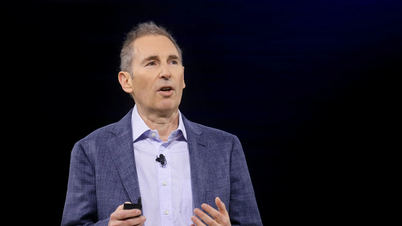










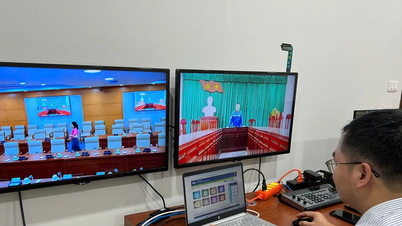



































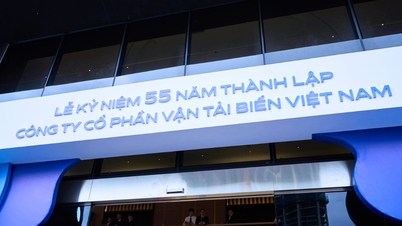









![[Photo] General Secretary To Lam attends the launch of 3 digital platforms serving the implementation of Resolution No. 57-NQ/TW](https://vphoto.vietnam.vn/thumb/402x226/vietnam/resource/IMAGE/2025/7/2/d7fb7a42b2c74ffbb1da1124c24d41d3)


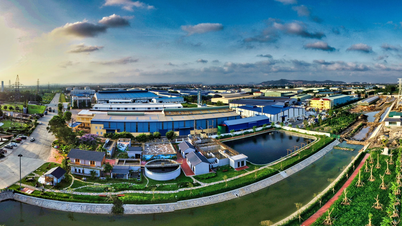





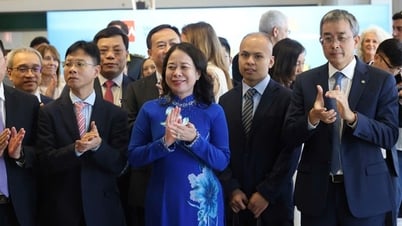




























Comment (0)